Panasonic S1H review: Production quality video in a mirrorless camera
Netflix approved and it’s great for photographers, too.
The day that it came out, Panasonic's S1H shot to the top of filmmakers' lists of must-have mirrorless cameras for video. The company's GH5 was already a hugely popular camera among vloggers and videographers, and the S1H is much like that model, on steroids. It has a dual-ISO, 24.2-megapixel full-frame sensor that lets you shoot 60 fps, 4K and even 6K video. Better still, it recently became the first-ever mirrorless camera approved for Netflix productions.
The fact that it's been poked and prodded by Netflix means you can be confident about the video quality. Still, I was very curious, and I'm sure you were, too, to see what else the S1H can do. At $4,000, it's expensive for a consumer camera, but for TV and film producers, it will actually be a tempting low-budget option -- especially given the artistic possibilities of a full-frame sensor.
With a flip-around screen, vloggers with some money (and muscle, because it's heavy) will be looking at this big camera, too. All that said, the S1H is expensive and there are lot of other options in its price range. To see what it's capable of, I brought it into Paris to shoot (a lot of) video and take some photos, too.
Body and handling
With a very large body and 2.5-pound heft, the Panasonic S1H dwarfs every other full-frame mirrorless camera on the market. It's even larger than some DSLRs and medium-format cameras, outweighing Canon's 5D Mark IV and Fujifilm's GFX 50S. However, it is still smaller and lighter than Canon's professional-level 1DX Mark II.
This is clearly not a street-photography camera, but the heft and size isn't necessarily a deal breaker for pro video shooters. In fact, the extra size makes it more stable for handheld shooting, and the large grip is ideal for run-and-gun cinematography.
The large body also allowed Panasonic to install a plethora of physical controls. On the top, you'll find an LCD info screen that shows common shooting info, like shutter speed, fps, ISO, picture mode, exposure and more. As with the GH5, you also have white balance, ISO and exposure compensation buttons on the right, along with front and rear adjustment dials. At the top left, there's a mode dial and, under that, a shooting mode dial (single or burst modes).
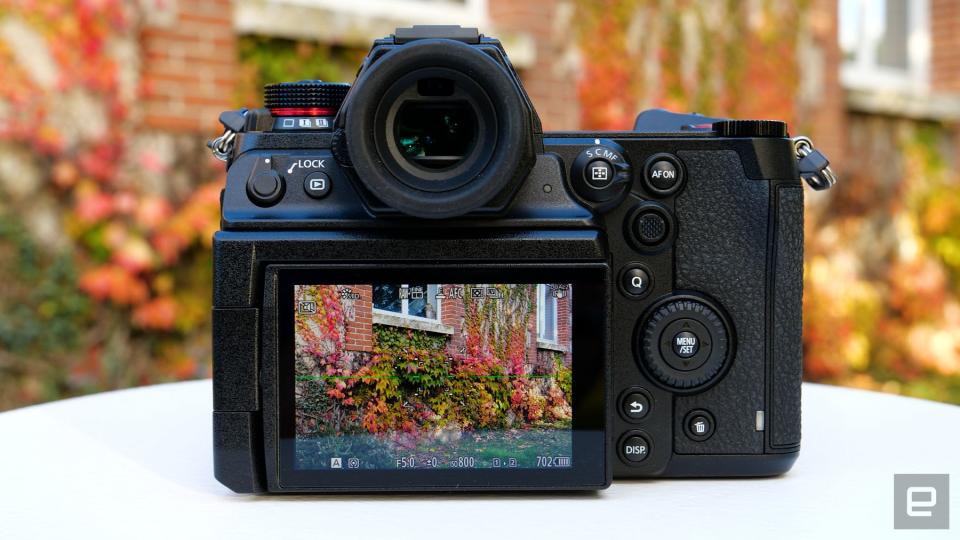
On the back, there's a mode dial, autofocus switch (continuous, single or auto) and AF selection button for face- and eye-detect, focus mode, etc. You also get a joystick and dedicated buttons for the quick menu, playback and more. All of these physical controls make it easier and faster to use this camera.
The deluxe feature set continues with the electronic viewfinder (EVF). It has a 5.76-million dot OLED display that's the best on the market, with a 120 fps refresh rate and near zero lag. The level of detail, color accuracy and large eyecup makes it comfortable to use and ideal for cinematography.
As someone who frequently shoots alone and vlogs occasionally, I'm a big fan of flip-around screens. The S1H gives you that and more because it actually tilts up for low angle shooting, too. It's nice, but I found the feature completely unnecessary, as you can get the same thing by flipping the screen out and then just tilting it. And this extra feature makes the screen stick out quite far and is the reason that the S1H is quite a bit heavier than the S1 (2.6 pounds compared to 2.25 pounds).
On top of a USB-C port for charging and data transfers, the S1H has a full-sized HDMI port. That's ideal for filming with an external recorder as it's less likely to fall out than a smaller HDMI port. You also get a pair of SD UHS II card slots that can both handle the camera's high 400 Mbps video data rate. By contrast, the S1 and S1R have a mix of one SD UHS II slot and one XQD slot. Panasonic may have unified the slots on the S1H because cinematographers prefer to stick to one type of media. Also, SD UHS II can easily handle the maximum 400 Mbps data rate, so the faster XQD speeds are unnecessary.
It doesn't stop there. There are 3.5mm microphone and headphone ports, and if you need something more professional for sound recording, you can get XLR connections through a $400 DMW-XLR1 adapter. It's even got a time code output port, which lets you sync multiple cameras on a complicated shoot and is a rare thing to find on a consumer camera. I was told it helped the S1H gain its coveted Netflix approval.
The S1H has a large battery, but because of the big sensor, it only delivers 400 shots on a charge. You can shoot video for about two hours, though, which is impressive considering the video quality and data rates. Videographers will want to stock up on batteries (at a rather exorbitant $88 each), but you can also charge the camera via the USB-C port.
Video
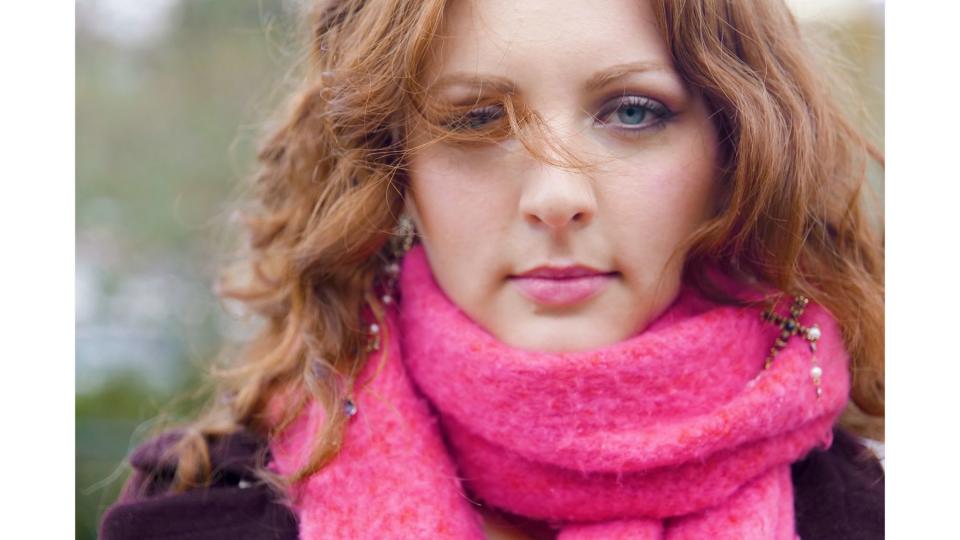
It's with video, especially in image quality, where this camera crushes other mirrorless pretenders. Just for a start, you can shoot 4K at 30 fps using the entire sensor width with no oversampling or line-skipping. If you need higher frame rates, it can handle 60 fps 4K with a 1.5 times APS-C crop and shoot 1080p at up to 120 fps.
What's more, this is the only camera apart from Blackmagic's Pocket 6K camera that lets you shoot 5.9K (5,888 x 3,312) at up to 30 fps. It can even handle anamorphic 3:2 6K (5952 x 3968) at 24 fps, max. Sure, 6K might seem like overkill, but it can be very handy if you feel you might need to crop a shot later while editing 4K or extract high-resolution still images.
All of this video is available with 10-bit color for maximum editing flexibility, either at 4:2:2 color subsampling or 4:2:0 for the 6K and slo-mo modes. If you want production-quality HDR 4K footage that would pass Netflix's stringent image quality standards, though, you'll need to shoot in V-log mode using the maximum All-I 400 Mbps data rate. That's only available for 4K and DCI 4K video at up to 30p, and not 5.9K, 6K or 60 fps 4K. You can, however, use those resolutions to grab the occasional shot, according to Netflix's rules.
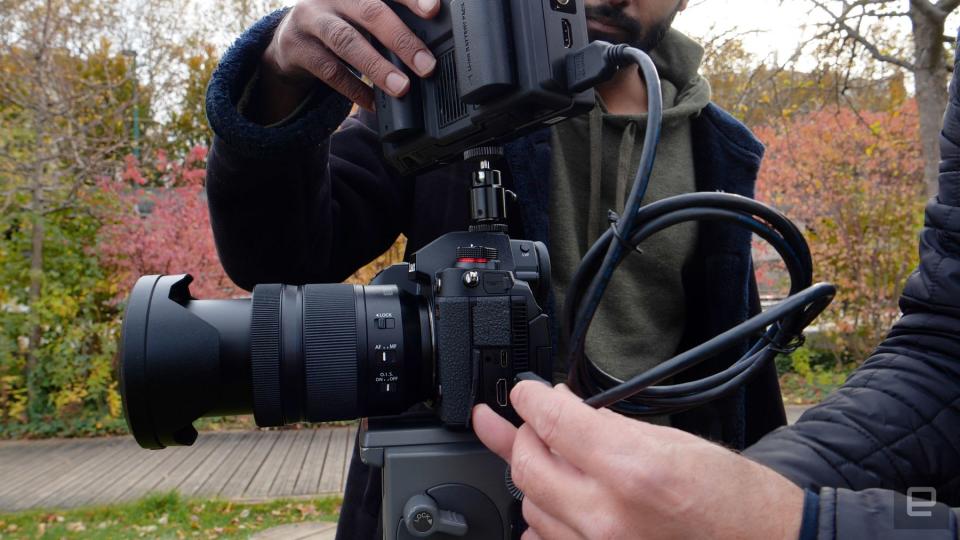
The video quality, as you'd expect, borders on flawless. At the highest-quality settings with full oversampling, 4K and 6K video is extremely sharp, while skin tones and colors are natural and accurate. V-log mode delivers 14 stops of dynamic range and 10-bit color, which gave me plenty of creative options in post while shooting street scenes, landscapes and people in Paris. You can also use those settings to create HDR videos with high dynamic range and richer colors.
The dual ISO system gives the S1H incredible low-light capability. As good as I found dual ISO on the GH5s, the full-frame S1H has bigger pixels that can absorb more light. Amazingly, video and photos are usable with acceptable noise levels at up to ISO 25,600 and even beyond. That will allow for more affordable productions with minimal lighting for night shoots.
For instance, shooting video at night in Paris, I could crank up the exposure much more than I expected by using ISO rates as high as 12,800 and 25,600. As a result, I could see detail in night skies and unlit areas. At the same time, noise levels were more than acceptable, even up to ISO 51,200. For run-and-gun documentary and film shooting, that's a cinematographer's dream.
What's even more interesting for filmmakers, however, is the large sensor. I was able to use it to create intense bokeh effects, especially with Panasonic's fast 50mm f/1.4 lens. In fact, this camera has shallower depth of field than most other models approved by Netflix, even many much more expensive camera models. I could see producers choosing the S1H for its artistic possibilities, not just because it's cheap and relatively small compared to a Canon C300 Mark II, for instance. Ironically, this could hit pro camera sales for Sony, Canon and even Panasonic itself.

As with photos, the video autofocus is good, but not great. However, for regular shooting, vlogging, standups and other chores, it can certainly do the job. You just need to be aware of its limitations and set up the autofocus parameters so they work best for what you're shooting.
As with the S1, the S1H does have some rolling shutter, which shows up as rubbery looking video. However, it's well controlled and much less severe than on Sony's mirrorless cameras. You won't really see it unless you pan the camera quickly or shoot fast moving objects, like trains or airplane propellers.
How much does this matter? Run-and-gun crews often use Canon's latest C200 ($6,500) and C300 Mark II ($9,000) models because the AF is so reliable. The S1H doesn't measure up to those models in that way, but it's not bad and it's a lot cheaper. On the other hand, it makes no difference for professional crewed productions as they generally use cinema lenses without any AF capabilities and pull focus manually.
Another slight drawback for shooting on the go is that if you try to move the camera too much when filming, the five-axis in-body stabilization makes the image bounce when it hits its limits. On the other hand, it's not meant to be a substitute for a gimbal, and it does work great for regular handheld shooting.
Performance and photo quality
While the S1H is designed primarily for video, it's a pretty great stills camera, too -- possibly even better than the S1. It has the same resolution as that model (24.2-megapixels) but uses a so-called dual ISO sensor that works better in low lighting conditions. It has two native ISO sensitivities (ISO 640 and ISO 4000). So when you shoot at ISO 12800, for instance, the S1H boosts the gain from 4000 ISO by 1.7 stops, rather than 4.3 stops from ISO 640. The result is a lot less noise.
Otherwise, performance is on par with the S1. The S1H can shoot in bursts at 9 frames per second or 6 frames per second with continuous autofocus. That's well behind what Sony's A7 III and A7R IV can do, but for a video-centric camera, it's not bad.
Like other Panasonic mirrorless cameras, the S1H has a contrast-detect autofocus system called "depth from defocus." With 225 points, it's not quite as fast or accurate as phase-detect systems on other cameras. However, it's considerably better than it was when it first came to the S1, thanks to some firmware updates.
Even in slightly dim light, it reliably locked on to static or moving subjects when I used the continuous autofocus system. The best results, with the highest hit rates for burst shooting, came when I used the flexible point AF mode and kept it trained on the subject.
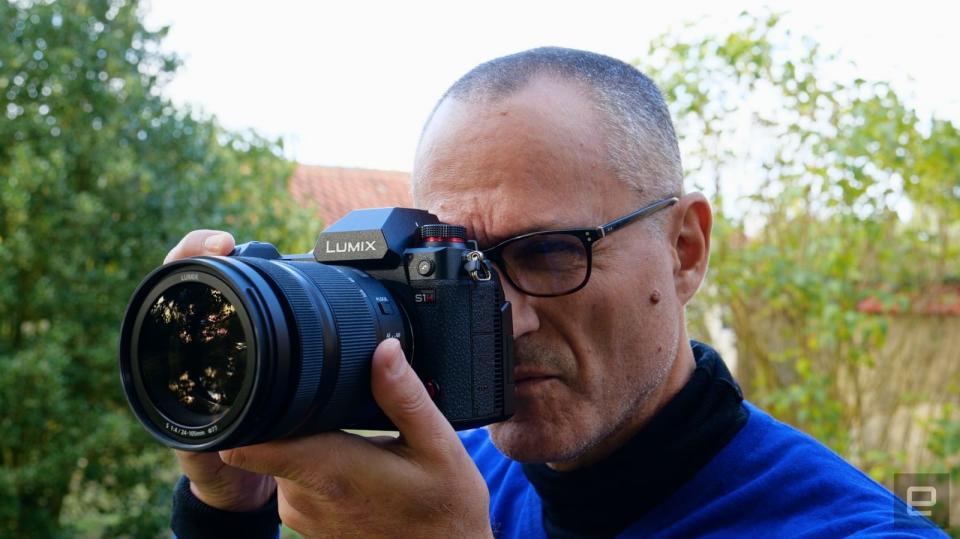
The body, face and eye detection AI follows human and animal subjects well, though oddly, the focus itself was sometimes slow to catch up. Occasionally, I found that it failed to lock on to a subject's face when it got too close to the lens. Overall, though, AF is solid for photography but still behind Canon and Sony's systems in speed and accuracy.
It's also very tunable in terms of speed and tracking behavior, so you can make adjustments to suit your needs. Hopefully, Panasonic will continue to improve it with firmware updates to make it more predictable.
One of the reasons this camera is so big is because of the five-axis in-body stabilization system. If you use it with a stabilized lens, you'll get up to six stops of shake reduction, letting you shoot sharp shots even in low light. It's not quite as effective for video, though, as you'll see shortly.
Photos aren't really the point of this camera, but again, they're pretty darn good. Out of the camera, JPEGs have natural colors and skin tones. RAW photos are captured with 14-bits of color, giving you plenty of room to boost shadows and reduce highlights in Lightroom. As for low-light performance, the S1H blows away every full-frame camera except for Sony's A7S II, which has half the resolution.
Wrap-up
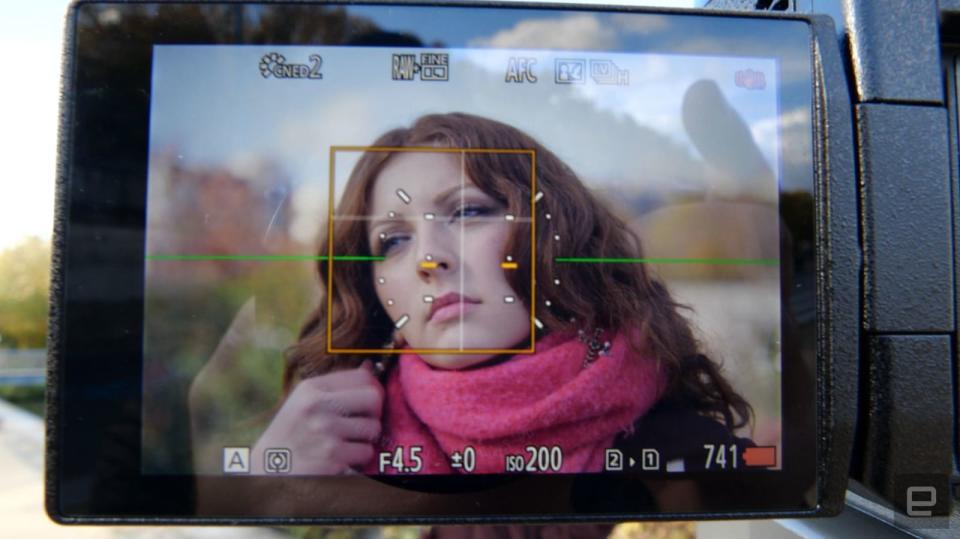
With the Netflix blessing, Panasonic's S1H suggested it would outclass every other mirrorless camera for video quality. After spending two weeks with it, I can confirm it does that. However, professional Netflix production work with a full crew is one thing, while run-and-gun production, vlogging and casual shooting is a different animal.
Luckily, the S1H also beats every other camera in that capacity, too, except possibly for one: Canon's 1DX. That model has similar video specs, a full-frame sensor and slightly better autofocus. However, it lacks 10-bit recording and other features crucial for some videographers. To really get on par with S1H, you'll need to look at the Canon C200 Mark II and C300 Mark II models, which aren't even really in the same category and are a lot more expensive. Also, those cameras have smaller APS-C sensors.
Panasonic's GH5 has become indispensable for many vloggers and filmmakers, and I think the S1H will achieve that status, too. Yes, it's double the price, but it has double the capability, letting you create images with incredible quality and bokeh that no other camera can touch. If film making is your thing and you have $4,000, I wouldn't hesitate to buy this camera.
